Home>Garden Essentials>When To Plant Verbena Seeds
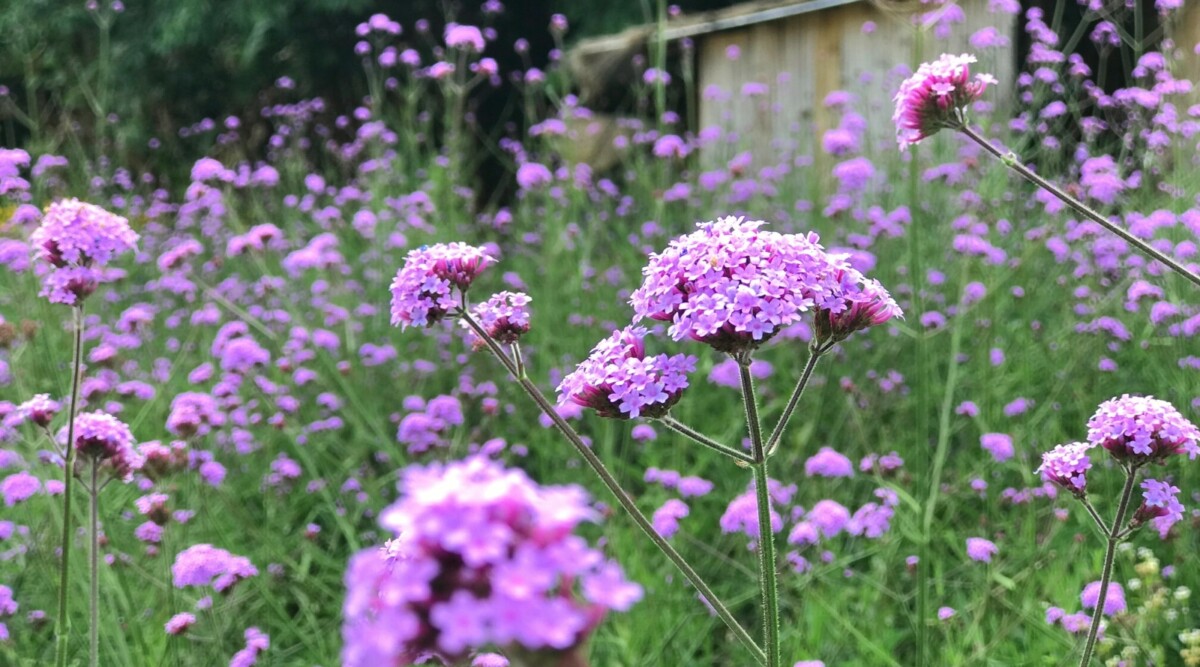

Garden Essentials
When To Plant Verbena Seeds
Modified: March 16, 2024
Want to know when to plant verbena seeds in your garden? Discover the optimal time to sow verbena and ensure a successful growing season for your floral beauties.
(Many of the links in this article redirect to a specific reviewed product. Your purchase of these products through affiliate links helps to generate commission for Storables.com, at no extra cost. Learn more)
Introduction
When it comes to adding vibrant colors and visual interest to your garden, few plants can match the beauty and versatility of verbena. Verbena is a popular flowering plant that is easy to grow from seeds. Whether you are a seasoned gardener or a beginner, planting verbena seeds can be a rewarding and enjoyable experience.
In this article, we will explore the world of verbena seeds and guide you through the process of planting and caring for them. We will discuss the factors to consider when planting verbena seeds, the best time to plant them, and the steps involved in both indoor and outdoor planting. By the end, you will have all the knowledge you need to successfully grow vibrant verbena plants in your garden.
Key Takeaways:
- Plant verbena seeds when the weather is warm and frost has passed. Provide consistent moisture, sunlight, and care to help them grow into vibrant, beautiful plants in your garden.
- Whether starting indoors or outdoors, verbena seeds need warmth, well-draining soil, and sunlight. Regular watering, pruning, and pest control will ensure healthy, colorful blooms.
Read more: When To Plant Yarrow Seeds
Understanding Verbena Seeds
Before we delve into the intricacies of planting verbena seeds, it is important to have a basic understanding of these remarkable seeds. Verbena seeds are tiny, oval-shaped structures that contain all the genetic information necessary to grow into a mature verbena plant. They come in various colors, sizes, and textures, depending on the variety of verbena.
Verbena seeds are known for their hard outer coat, which protects them from harsh conditions and allows them to survive for extended periods. This hard coat also helps delay germination until the conditions are just right for optimal growth. However, this dormancy can vary depending on the verbena species.
Many verbena varieties are classified as annuals or perennials. Annual verbena seeds germinate, grow, flower, and produce seeds within a single growing season, while perennial verbena seeds can survive multiple seasons, regrowing year after year.
When choosing verbena seeds, consider the specific requirements and characteristics of the variety you wish to grow. Some verbena varieties prefer full sun, while others tolerate partial shade. Additionally, some types have trailing or cascading habits, making them ideal for hanging baskets or containers, while others have a compact and upright growth habit suited for borders and beds.
Understanding the unique traits and requirements of verbena seeds will help you make informed decisions when it comes to planting them and providing the appropriate care.
Factors to Consider
When planning to plant verbena seeds, several factors should be taken into consideration to ensure successful growth and development of the plants. Let’s take a closer look at these important factors:
- Climate: Verbena plants thrive in warm climates and prefer temperatures ranging from 70 to 80 degrees Fahrenheit. If you live in a colder region, you may need to start the seeds indoors or treat verbena as an annual.
- Soil conditions: Verbena plants prefer well-draining soil with a slightly acidic to neutral pH level. The soil should have good moisture retention but should not become waterlogged, as excessive moisture can lead to root rot.
- Sunlight: Verbena plants require at least 6-8 hours of direct sunlight daily. Ensure that the planting location receives ample sunlight for the plants to thrive and produce colorful blooms.
- Watering: While verbena plants tolerate some drought, it is crucial to provide them with consistent moisture, especially during hot and dry periods. Water the plants regularly, aiming for moist soil without overwatering.
- Fertilization: Verbena plants benefit from regular feeding with a balanced, slow-release fertilizer. This helps promote healthy growth, abundant blooms, and overall plant vigor. Follow the manufacturer’s instructions regarding application rates and timing.
- Pest and disease control: Keep an eye out for common pests like aphids, whiteflies, and spider mites, as well as diseases like powdery mildew. Proper plant hygiene, regular inspections, and using organic or chemical methods can help control and prevent these issues.
- Companion planting: Consider planting verbena along with other compatible flowers and herbs. Verbena attracts pollinators like bees and butterflies, making it a great addition to pollinator gardens.
By taking these factors into account, you can create an optimal growing environment for your verbena plants and set them up for success.
Best Time to Plant Verbena Seeds
The timing of planting verbena seeds plays a crucial role in their success and overall growth. In general, verbena seeds should be sown when the threat of frost has passed and temperatures consistently remain above 50 degrees Fahrenheit.
If you are starting verbena seeds indoors, you can begin the process 6-8 weeks before the last expected frost date in your region. This allows the young seedlings to establish themselves before being transplanted into the garden.
For outdoor planting, the optimal time varies based on your location. In warmer climates with mild winters, you can sow the seeds directly into the ground in early spring. However, if you live in a colder region with harsh winters, it is best to wait until after the last frost date to plant verbena seeds.
Keep in mind that verbena seeds require a consistent soil temperature of around 65-70 degrees Fahrenheit for successful germination. Therefore, it is essential to time your planting accordingly to ensure that the soil is warm enough for the seeds to sprout.
By planting verbena seeds at the appropriate time, you give them the best chance to establish a strong root system and grow into healthy, beautiful plants.
Plant verbena seeds in the spring after the last frost date for your area. Choose a sunny location with well-drained soil. Sow the seeds directly into the ground or in containers, and keep the soil consistently moist until the seeds germinate.
Planting Verbena Seeds Indoors
Starting verbena seeds indoors gives you a head start on the growing season and allows you to control the conditions for optimal germination. Here’s a step-by-step guide to planting verbena seeds indoors:
- Choose the right container: Use seed trays or small pots with drainage holes to sow the verbena seeds. Ensure that the containers are clean and sterilized to prevent the growth of harmful pathogens.
- Prepare the seed-starting mix: Use a well-draining seed-starting mix, which provides a lightweight, nutrient-rich environment for the seeds to germinate. Moisten the mix slightly before filling the containers.
- Sow the seeds: Place 2-3 verbena seeds on top of the seed-starting mix in each container. Gently press them into the soil but avoid burying them too deep, as verbena seeds require light for germination.
- Cover and mist: Cover the containers with a plastic wrap or a clear plastic lid to create a mini greenhouse effect. This helps retain moisture and speed up germination. Mist the soil regularly to keep it moist but not waterlogged.
- Provide warmth and sunlight: Place the containers in a warm location with indirect sunlight or use a heat mat to maintain a consistent temperature around 65-70 degrees Fahrenheit. Once the seeds germinate and the seedlings emerge, move them to a location with bright, indirect light.
- Thin out the seedlings: Once the seedlings have a few sets of true leaves, thin them out by removing the weaker ones, leaving the healthiest seedling in each container. This ensures that each plant has enough space and resources to grow.
- Transplanting: When the outdoor conditions are favorable and the danger of frost has passed, transplant the seedlings into your garden. Harden off the seedlings by gradually exposing them to outdoor conditions for a week before planting them in their final location.
By following these steps, you can successfully start verbena seeds indoors and give them a strong start before transplanting them into your garden.
Read more: When To Plant Bermuda Seeds
Planting Verbena Seeds Outdoors
If you prefer to directly sow verbena seeds in your garden, here’s a step-by-step guide to planting them outdoors:
- Prepare the soil: Choose a sunny location with well-draining soil. Remove any weeds, rocks, or debris from the area and loosen the soil to ensure good root penetration.
- Sow the seeds: Scatter the verbena seeds on the prepared soil, keeping them evenly spaced to allow room for growth. Lightly press the seeds into the soil using your hand or the back of a rake, ensuring they are in good contact with the soil.
- Water gently: After sowing the seeds, water the area gently to settle the soil and provide initial moisture for germination. Avoid over-watering, as excessive moisture can cause the seeds to rot.
- Mulch the area: Apply a thin layer of organic mulch, such as straw or wood chips, over the planted area. Mulching helps retain moisture, suppresses weed growth, and regulates soil temperature.
- Monitor and water: Keep a close eye on the soil moisture levels and water the area regularly, especially during dry periods. Ensure that the soil remains consistently moist but not saturated.
- Thin out the seedlings: As the verbena seedlings emerge and grow, thin them out to provide adequate space for each plant. Remove the weaker seedlings, leaving the strongest ones spaced according to the specific variety’s recommendations.
- Provide support (if needed): Depending on the variety and growth habit of your verbena plants, some may require support as they grow taller. Install stakes or trellises, if necessary, to provide support and prevent plants from sprawling or leaning.
By following these steps and providing the necessary care, you can successfully sow verbena seeds directly into your garden and enjoy beautiful, colorful blooms in the outdoor landscape.
Care and Maintenance of Verbena Seedlings
Once your verbena seedlings are established, it’s important to provide them with regular care and maintenance to ensure their healthy growth and abundant blooms. Here are some essential practices to keep in mind:
- Watering: Keep the soil consistently moist but not waterlogged. Avoid letting the soil dry out completely between waterings, as verbena plants prefer slightly moist conditions. Adjust the frequency of watering according to weather conditions and rainfall.
- Pruning: Regular pruning helps promote bushier growth and encourages more flower production. Trim back any leggy growth or spent blooms to keep the plants tidy and encourage new growth. Additionally, pruning can prevent the verbena plants from becoming too dense and improve air circulation, reducing the risk of diseases.
- Fertilizing: Feed your verbena seedlings with a balanced, slow-release fertilizer every 4-6 weeks during the growing season. Follow the manufacturer’s instructions for application rates. Fertilization helps provide essential nutrients for healthy plant growth and vibrant blooms.
- Mulching: Apply a layer of organic mulch around the base of the plants to conserve moisture, suppress weed growth, and regulate soil temperature. Mulching also helps prevent soil erosion and provides a finished look to your garden bed.
- Support (if needed): If you’re growing taller verbena varieties, provide support such as stakes or trellises to prevent the plants from sprawling or falling over. This is especially important during windy weather or heavy rainfall that could damage the plants.
- Pest and disease control: Monitor your verbena seedlings for common pests like aphids, whiteflies, and spider mites. If infestation occurs, employ appropriate pest control methods such as insecticidal soaps or organic sprays. Additionally, watch out for diseases like powdery mildew and take preventive measures such as maintaining good air circulation and avoiding overhead watering.
- Deadheading: Remove spent flowers regularly to stimulate continuous blooming and prevent the formation of seeds. Deadheading redirects the plant’s energy towards new growth and flower production.
By following these care and maintenance practices, you can ensure the health and vitality of your verbena seedlings, resulting in vibrant and long-lasting blooms throughout the growing season.
Conclusion
Growing verbena from seeds can be a rewarding experience that adds beauty and color to your garden. By understanding the unique characteristics of verbena seeds and considering important factors such as climate, soil conditions, and sunlight, you can create an ideal environment for successful growth.
Whether you choose to start verbena seeds indoors or sow them directly in your garden, following the proper planting techniques is crucial. Providing consistent moisture, adequate sunlight, and regular care and maintenance, such as watering, pruning, and fertilizing, will help your verbena seedlings thrive and produce an abundance of stunning blooms.
Remember to be vigilant against common pests and diseases, and promptly address any issues that arise. Regular deadheading and mulching can also contribute to the overall health and vigor of your verbena plants.
With their vibrant colors, lovely fragrances, and ability to attract pollinators, verbena plants are a wonderful addition to any garden. Whether you use them as ornamental accents in planters, hanging baskets, or as borders or groundcover, their versatility makes them a popular choice among gardeners.
So, grab your verbena seeds, prepare your soil, and get ready to embark on a journey of growing these beautiful flowering plants. Enjoy the process of nurturing them from seeds to full-grown plants, and be rewarded with the joy and beauty they bring to your outdoor space.
Remember, gardening is an ever-evolving adventure, and each new season presents new opportunities to learn and grow as a gardener. Embrace the process, have fun, and let your love for gardening blossom alongside your verbena plants.
Frequently Asked Questions about When To Plant Verbena Seeds
Was this page helpful?
At Storables.com, we guarantee accurate and reliable information. Our content, validated by Expert Board Contributors, is crafted following stringent Editorial Policies. We're committed to providing you with well-researched, expert-backed insights for all your informational needs.








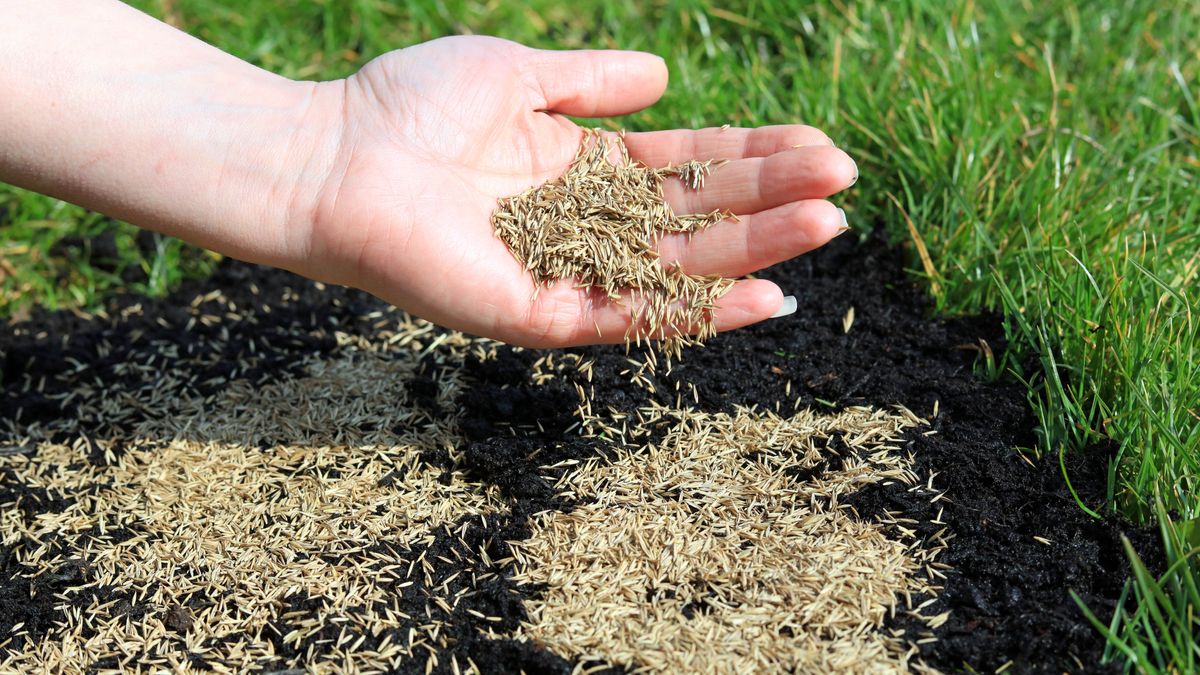
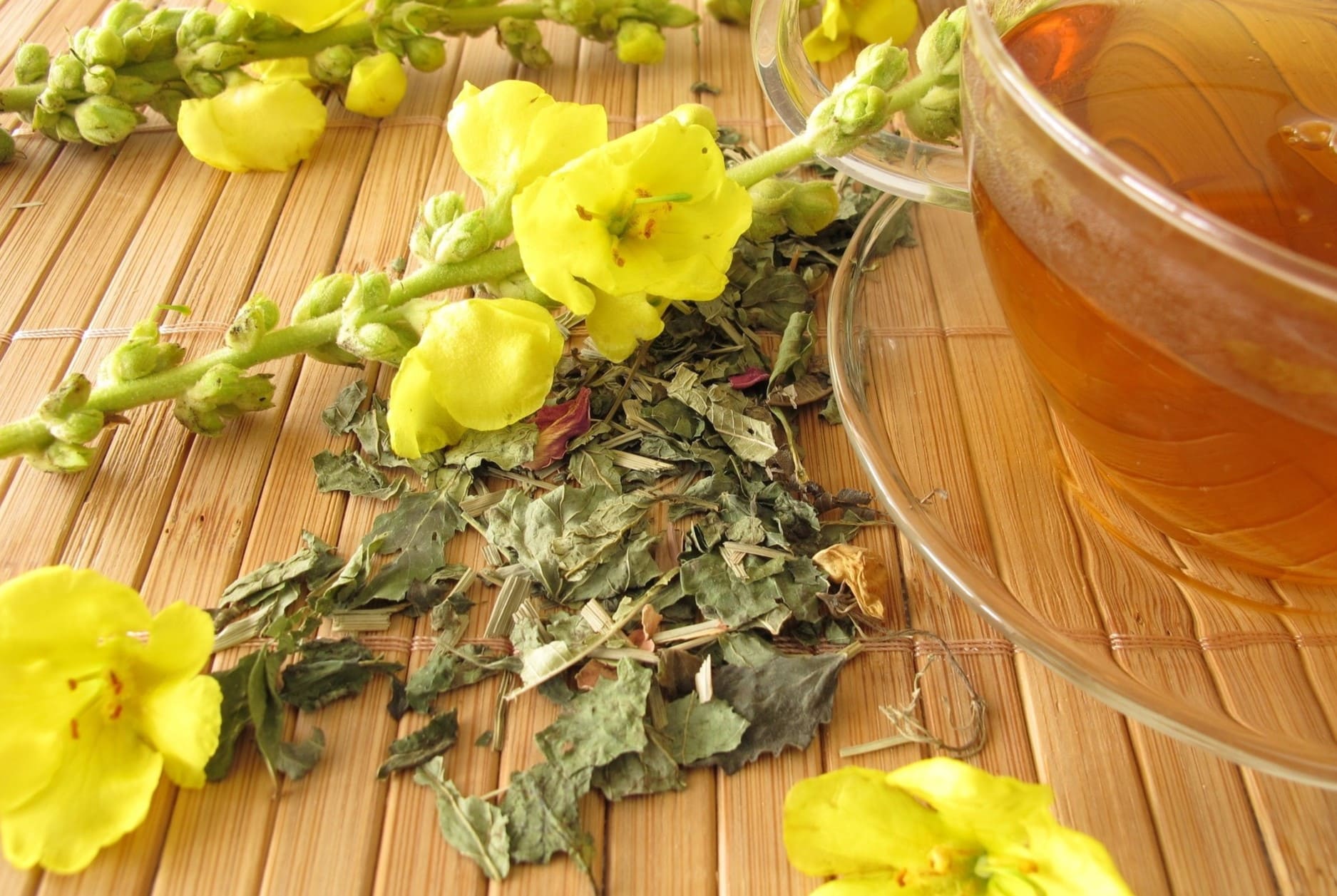
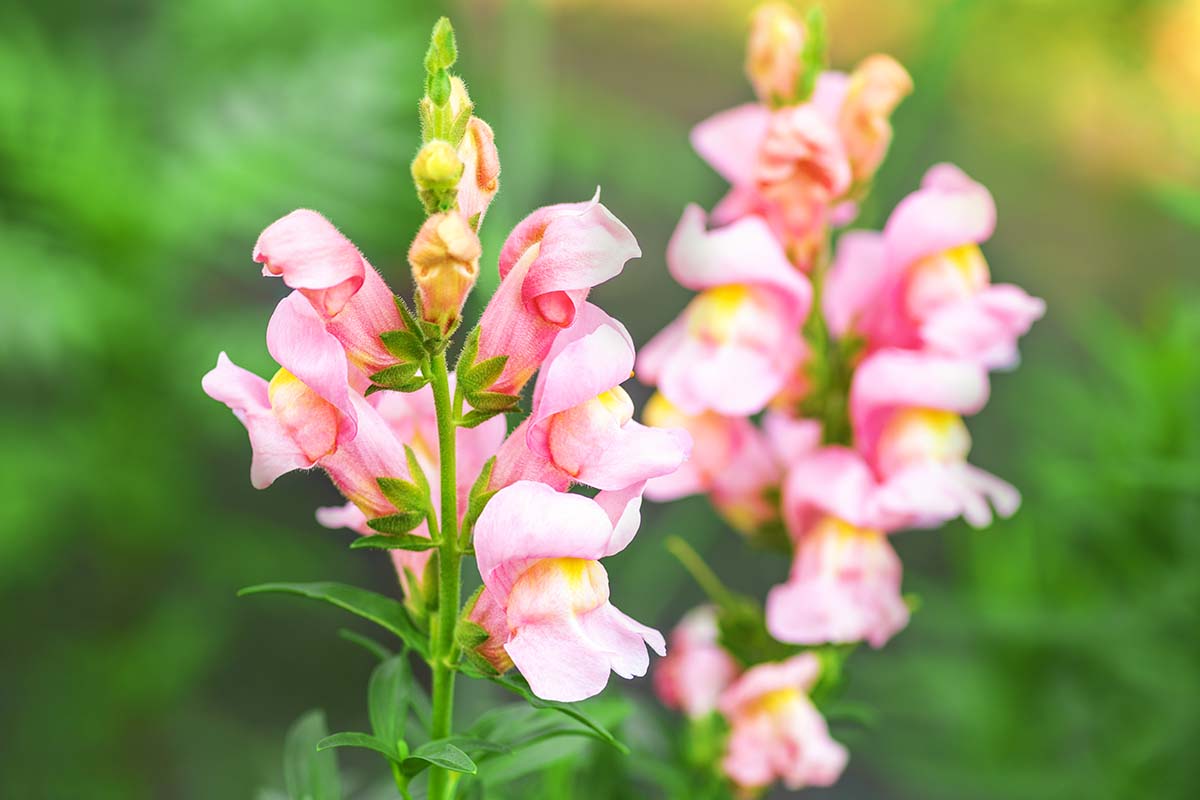
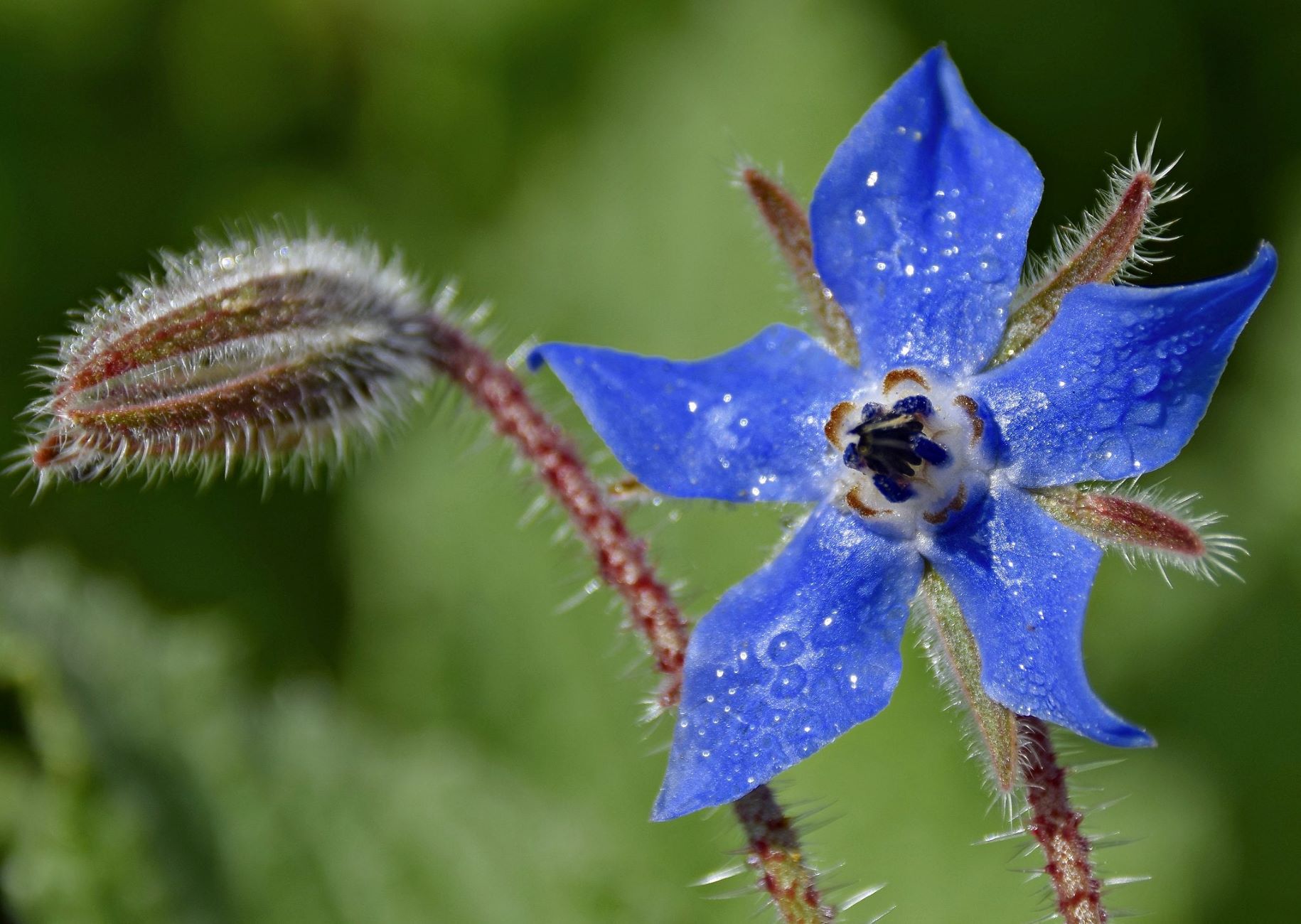
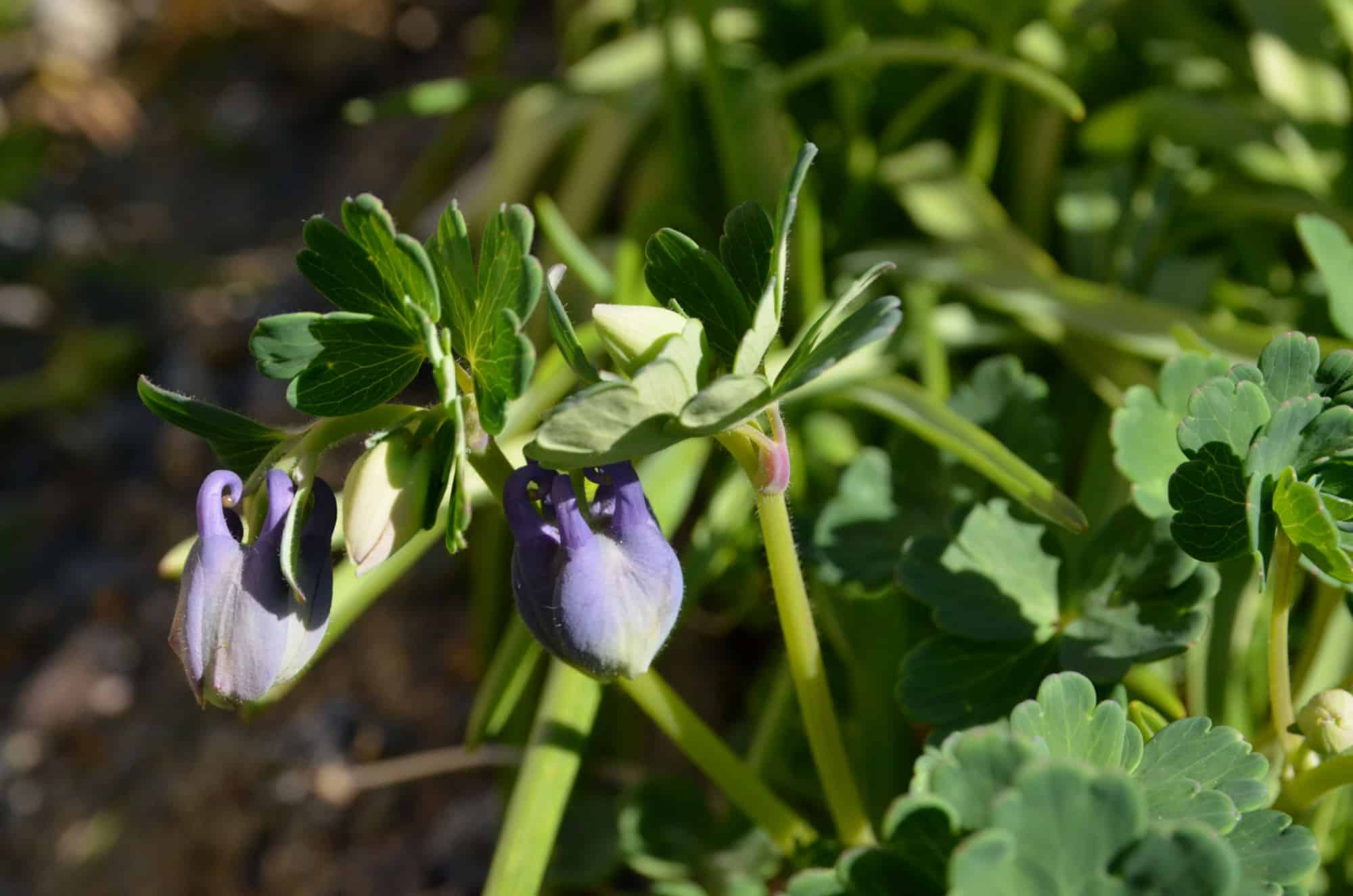
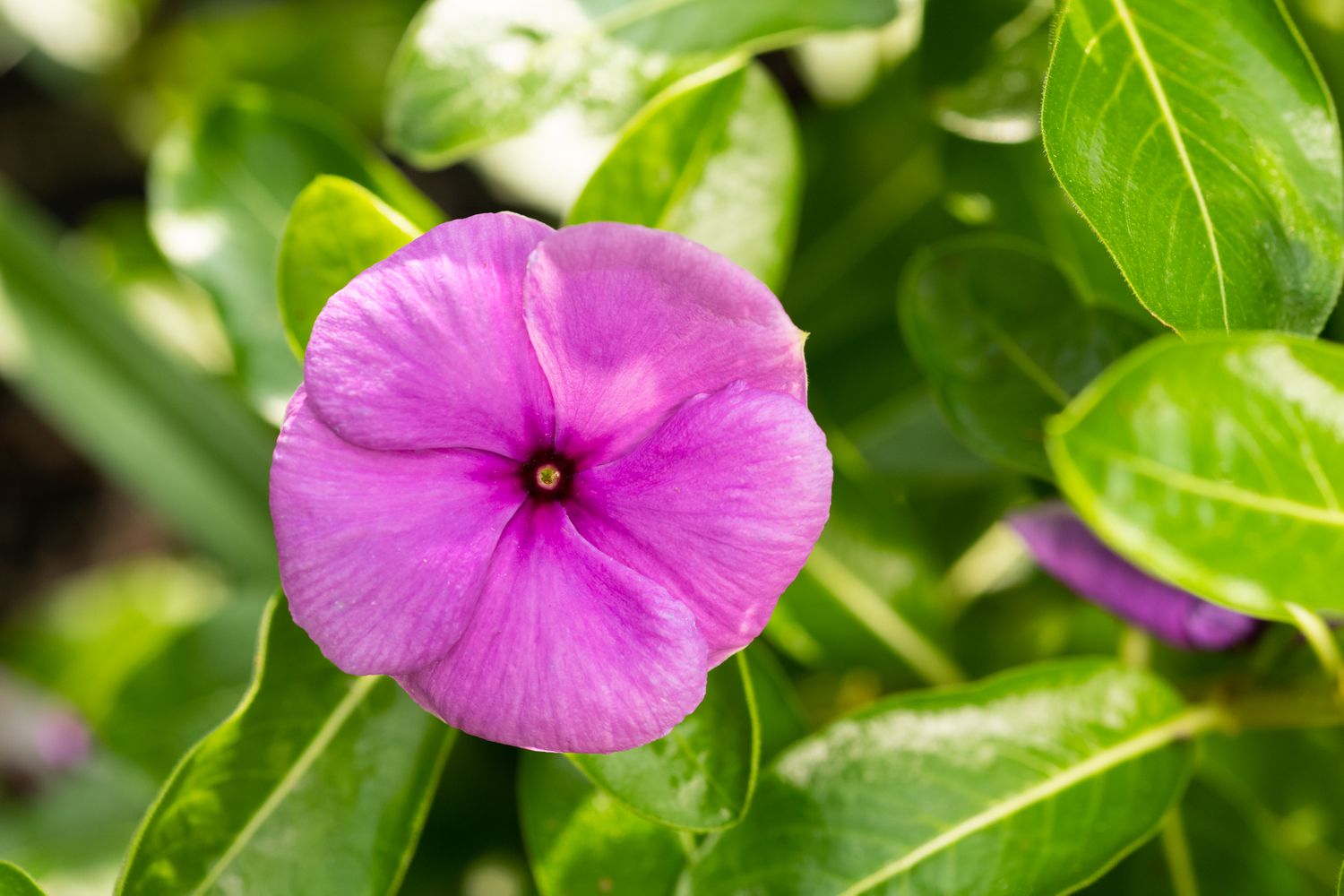

0 thoughts on “When To Plant Verbena Seeds”